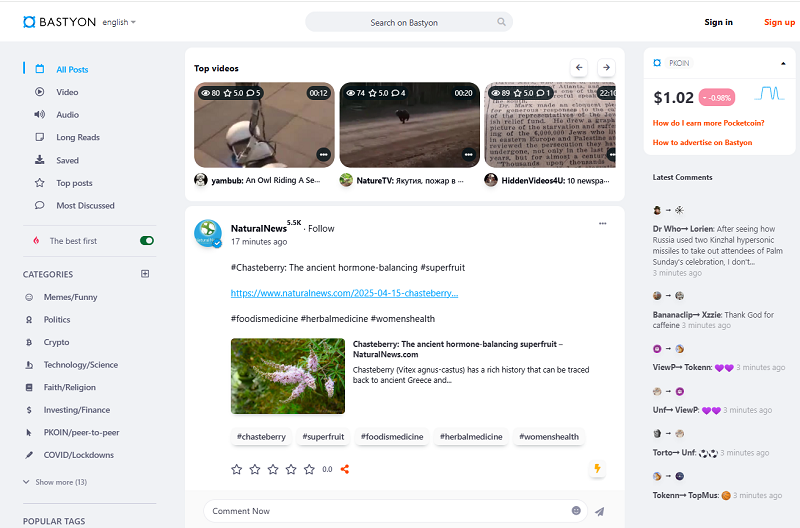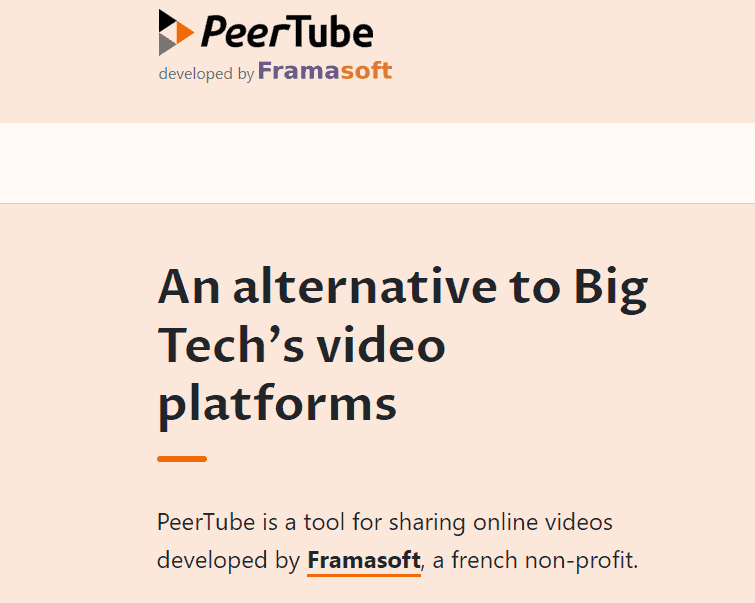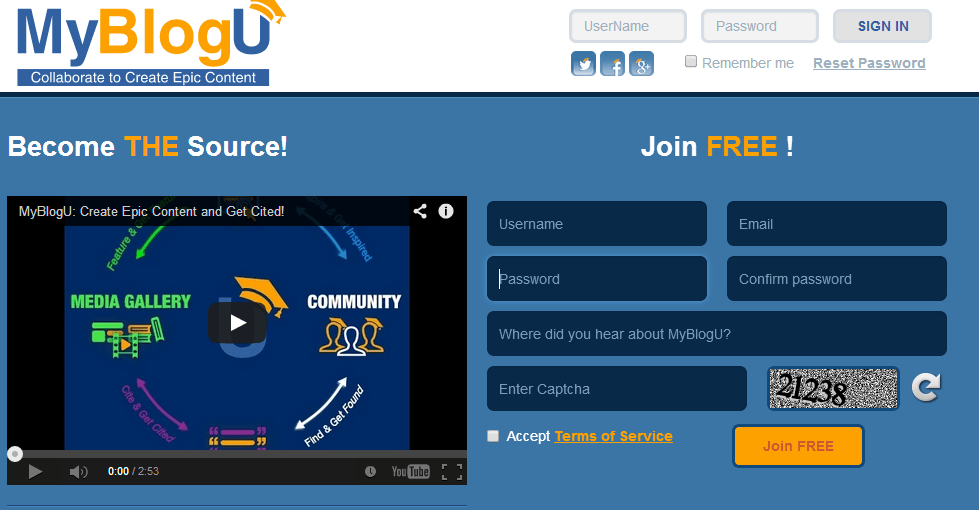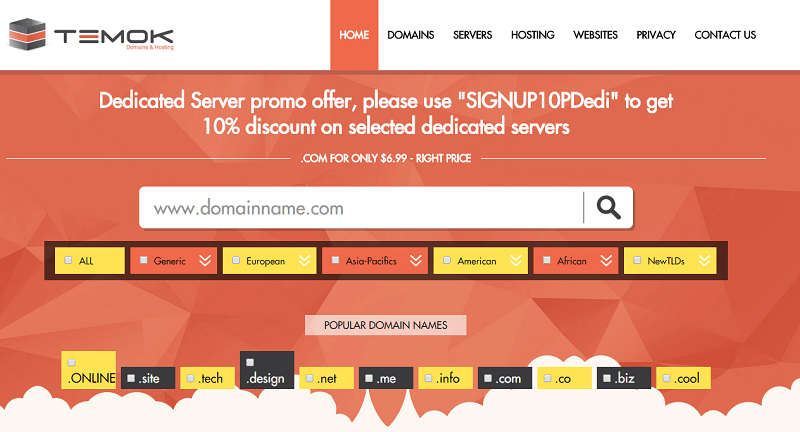These days, video content has emerged as an essential medium of information, entertainment, and education. While YouTube remains the juggernaut in this domain, a growing need for diversity in video-sharing platforms has become evident. This stems from a variety of reasons, including but not limited to, the search for better monetization options, a more supportive community, innovative features, or simply a platform that aligns more closely with a creator’s values or audience demographics. For content creators, tech enthusiasts, and small business owners, understanding the landscape of YouTube alternatives can unlock new opportunities for growth and engagement. This post aims to explore some of the most promising alternatives to YouTube, assessing their unique features and how they can serve your content creation goals.
Table of Contents
Bastyon: The Rising Star of Video Sharing Platforms

Bastyon is a relatively new video sharing platform that has gained momentum in recent years. With its sleek design and user-friendly interface, Bastyon offers an attractive alternative to YouTube for content creators and viewers alike.
One of the major selling points of Bastyon is its focus on creating a supportive and inclusive community. Content creators have reported feeling more connected to their audience on Bastyon, with fewer negative comments or toxic interactions compared to other platforms.
In addition, Bastyon offers innovative features such as “live reactions,” where viewers can share their real-time reactions to a video while watching it. This creates a more interactive experience for both content creators and viewers.
Another advantage of Bastyon is its revenue-sharing model. Creators can earn money through ad revenue, sponsorships, and direct support from their audience. This allows creators to focus on producing quality content without having to worry about constantly promoting themselves or relying solely on brand deals.
But beyond these features, Bastyon also stands out for its commitment to social responsibility and ethical practices. The platform has strict policies against hate speech, discrimination, and misinformation. It also actively promotes diversity and supports marginalized communities by featuring a wide range of content from creators of different backgrounds.
Moreover, Bastyon takes a proactive approach towards mental health and well-being within the community. The platform offers resources for both creators and users to maintain a healthy balance in their online activities.
Join the community today or learn more about Bayston here:
v2_5_Bastyon_decentralized_social_video_platform_&_mini_app_marketplace
Vimeo: The Professional’s Choice

Vimeo stands out as a platform that prioritizes high-quality, artistic content. Unlike YouTube, Vimeo’s ad-free model offers a more polished viewing experience, making it ideal for filmmakers, animators, and businesses focusing on high-production-value content.
The platform’s robust privacy settings, detailed analytics, and customer support are tailored to professional content creators. Furthermore, Vimeo allows for direct monetization through pay-per-view or subscription models, providing content creators with control over how they earn from their work.
Dailymotion: A Versatile Platform
With its user-friendly interface and flexible content policies, Dailymotion is a versatile platform that caters to a wide array of content creators.
Similar to YouTube, it supports ad-based revenue sharing, but with less stringent content guidelines. This makes Dailymotion a viable alternative for creators looking for more freedom in content creation.
Additionally, its global reach offers an opportunity for creators to tap into new international audiences.
Twitch: Live Streaming Haven

Originally known for its gaming content, Twitch has expanded its horizons to include a variety of live-stream content, such as music, talk shows, and even cooking.
Its live interaction features foster a strong sense of community among viewers and creators. Twitch offers monetization through ads, subscriptions, and virtual cheering with “Bits.”
It’s an excellent platform for creators looking to engage with their audience in real-time.
PeerTube: Decentralized Video Sharing

Innovating away from the centralized model of video hosting, PeerTube uses peer-to-peer technology to distribute video content. This approach offers creators and viewers autonomy from the algorithms and policies of major platforms, ensuring greater freedom and privacy. While PeerTube may not yet match the audience size of other alternatives, its decentralized nature represents a pioneering step towards a more open and democratic internet space.
Conclusion
Exploring alternatives to YouTube can be a strategic move for content creators, tech enthusiasts, and small business owners looking to diversify their online presence and tap into new audiences. Each platform mentioned here offers unique features and communities, requiring a thoughtful approach to content strategy. By understanding the strengths and target audience of each alternative, creators can effectively expand their reach and impact in the constantly evolving digital landscape.
For those ready to venture beyond YouTube, these alternatives present a world of opportunities. Experimenting with different platforms can not only enhance your creative expression but also potentially unlock new revenue streams and audience engagement strategies. The digital world is vast, with each platform offering a new horizon to explore.























